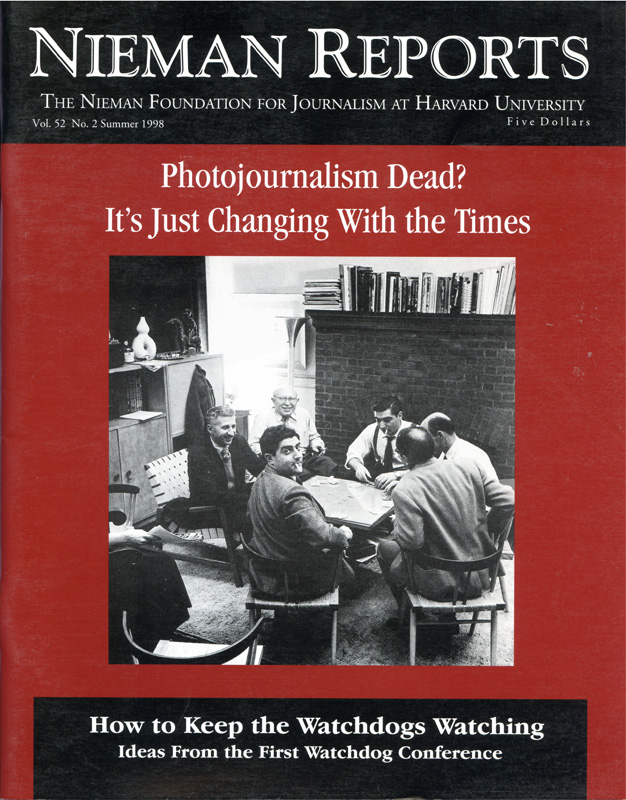What is “People Without People?” For me it is the sense of people without them being there. It’s the part representing the whole. It’s the significant detail giving instant insight into the person, organization, the culture.
It’s inanimate. That excludes appendages of the person. It excludes their livestock, their pets. Unless stuffed. It excludes the lip with a cigarette but not the ashtray. It’s footprints on a path. It’s a closet of nooses at the Washington State Penitentiary death chamber.
The found photograph should stand on its own. It should have all the attributes of any good photograph: light, composition, mood, content and maybe even more difficult–moment.
It is not just the evidentiary connector between two other photographs drawing its strength from the others.
It’s Robert Frank’s “Ticker Tape” streaming down from unoccupied New York windows after the parade passed by. It’s Walker Evans’s photograph of a window of a Birmingham, Alabama, photographer’s business with simply the word “STUDIO” over hundreds of small pictures of his clients.
Alan Berner is a staff photographer at The Seattle Times.



